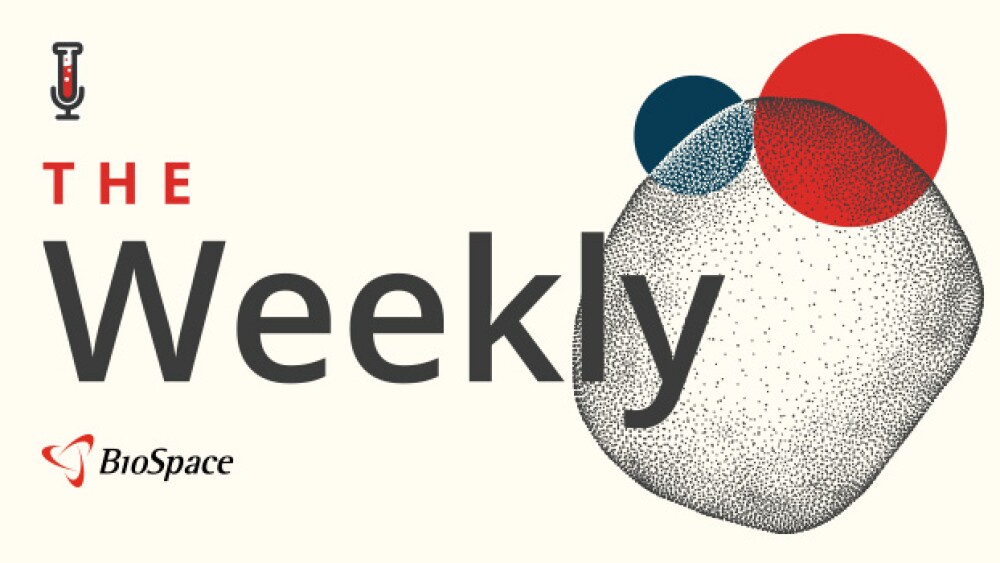The CRO market in the APAC region is thriving, particularly in China, due to intense clinical trial and innovation development, with Western investors and pharma leaning in.
Growth in the Asia–Pacific (APAC) CRO market is trending upwards, with forecasts estimated at $18.9 billion in 2025, and are expected to reach $31.1 billion by 2030. The compound annual growth (CAGR) is expected at 10.43% during that period, on the heels of the 11.5% CAGR forecast for the U.S. market.
The burgeoning CRO activity is tied to the burst of clinical trials and innovation in the APAC market, and particularly China, with Western investors and pharma keeping tabs.
There has been a fair amount of financial investment in the APAC CRO market, said Helen Chen, head of Asia healthcare, at L.E.K. Consulting. This year, Blackstone announced it had secured a majority stake in Japan’s largest CRO, CMIC, and Singaporean CRO Novotech announced the same month that affiliates of GIC and Temasek would acquire significant stake in the company.
Goldman Sachs announced initiation coverage of Chinese CRO Hangzhou Tigermed in October with a Buy rating, citing “improving earnings visibility for 2026-2028.”
These recent transactions reflect earlier investments in the APAC CRO sector, such as the December 2022 acquisition of Singapore-based George Clinical, the company that would later rebrand as Emerald Clinical Trials, by Hillhouse Investment. In October 2021, Blackstone announced its acquisition of Nucleus Network, Australia’s largest Phase I clinical trials specialist.
About 15 years ago, only a very small amount of multinational clinical trials (MCTs) ran in the APAC region, said Vera Zheng, senior vice president, Asia/Pacific Strategy and head of Greater China, Parexel International. But now, 55% of MCTs sponsored by U.S. and European biopharma have at least one APAC site inclusion, up from 36% in 2019, she added.
Today, Parexel has nearly 9,000 employees in the APAC region, up 16% since 2021, Zheng said. Of the 24,000 employed globally, APAC accounts for more than one-third of employees.
The expectation is this boom in APAC CRO and pharma interest to continue, Chen and Zheng agreed, owing to a growing pharma market and populations in the region.
The China Boom
Global expansion continues to be a key priority for Chinese biopharma and biotech companies, as China-to-global clinical trials and licensing deals hit new records, as noted in a report issued by L.E.K. Consulting last week. This trend opens greater opportunities for multinational pharmas to acquire distinctive, early stage Chinese assets that strengthen their global pipelines, and increases demand for CROs with high-quality global systems, regulatory know-how and multiregional execution capabilities to support cross-border development.
In-China trial volume has risen rapidly compared to the U.S. and Europe, positioning the country as a major global player in clinical development, according to the L.E.K. report. Chen confirmed the intense interest, noting one of the firm’s clients, a Big Pharma company, has said it anticipates licensing 30% of its compounds from China.
Healthcare is also strategic natural priority; there are regulatory upgrades and reimbursement reforms. In June 2025, China’s Center for Drug Evaluation (CDE) proposed a 30-working-day fast-track review for eligible innovative drugs, which would shorten the current 60-day timeline.
China also holds the largest global patient base for indications such as lung and liver cancer, diabetes and hypertension, the L.E.K. report stated. Throughout the APAC region, oncology remains the most popular therapeutic area for development, with immunology as number two, Zheng said. Metabolic diseases are coming up strong, especially due to interest in the GLP-1s and rare disease, as well cell and gene therapy and radiology candidates, she added.
Robust pharma R&D expenditure among Chinese pharmas has also sustained the underlying growth of China clinical trials in the past. Looking ahead, Chinese pharmas are enthusiastically participating in innovation, investing in first-in-class and fast-follower development, venturing into next-generation modalities including cell and gene therapies, antibody drug conjugates and bi-/multispecific antibodies, the L.E.K. report states.
The rapid pace of drug development in China is incredibly competitive, Zheng said, comparing it to a “fitness club,” with companies vying to get their best-in-class products through trial stages.
The impetus for China’s pharma and clinical trial growth started in 2017, agreed Chen and Zheng, when the country joined the International Conference for Harmonization. The country’s government also allowed the submission of international data for Chinese trials, reducing the waiting time for IND and NDA applications, Chen said. In that year, the Hong Kong stock exchange also announced it would open a prerevenue chapter for life science companies. The last move bolstered public and private investor confidence and coincided with biotech financing and capital market success globally.
At that time, hospitals increasingly became more involved in clinical trial sites and pharma provided trial protocol training programs, Zheng said. Parexel, for example, has a training academy in China for principal investigators. Many scientists returned to China after years abroad in the West and had to learn the regulatory and scientific environments inside and outside of China. Some training resources are coming from experienced personnel from Taiwan and Singapore, for example, Chen said.
Japan, South Korea, Singapore and Australia
Well-established Japanese CROs include EPS, A2 Healthcare, and M3. In terms of innovative assets, Japan is the third largest, behind China and South Korea, Zheng said.
Japan’s regulatory authorities have made drug entry easier, Chen noted. Previously, for Western companies or for drugs developed outside Japan, companies had to conduct a bioequivalence (BE) study before Phase III initiation. That BE restriction, waived last year, streamlines Japan into a global clinical trial system, she said.
South Korea and Singapore are a vital part of the CRO and clinical trial ecosystem but are comparatively smaller, said Zheng. Korean CROs are Macrogen, C&R Research, LSK Global PS, DreamCIS, and ADM Korea. Singapore-based CROs include Novotech, cited earlier, ClinActis and Credevo.
Australia has also become an attractive hub for clinical studies, and especially early stage trials, Chen said. As per a recent report by L.E.K. and MTP Connect, Australia’s life science accelerator, a total of $1.6 billion was spent on clinical trials in 2022, a figure that has grown at 5.5% per annum over the last seven years. A fast trial start-up environment, alignment with ICH Good Clinical Practice guidelines and R&D rebates are appealing.
Taken together, the surge of capital, policy support and clinical expertise across APAC signals a market entering a sustained maturity cycle. For CROs, the momentum in China and its neighboring innovation hubs suggests a long runway ahead: one defined by multiregional trial execution, global partnerships and intensified competition for first-in-class breakthroughs.






